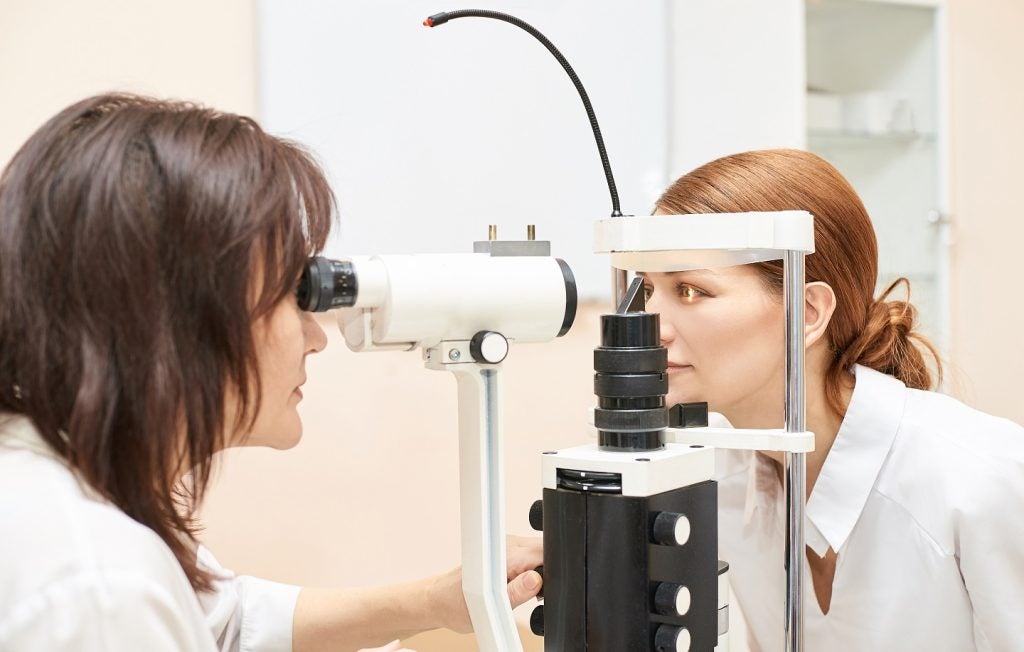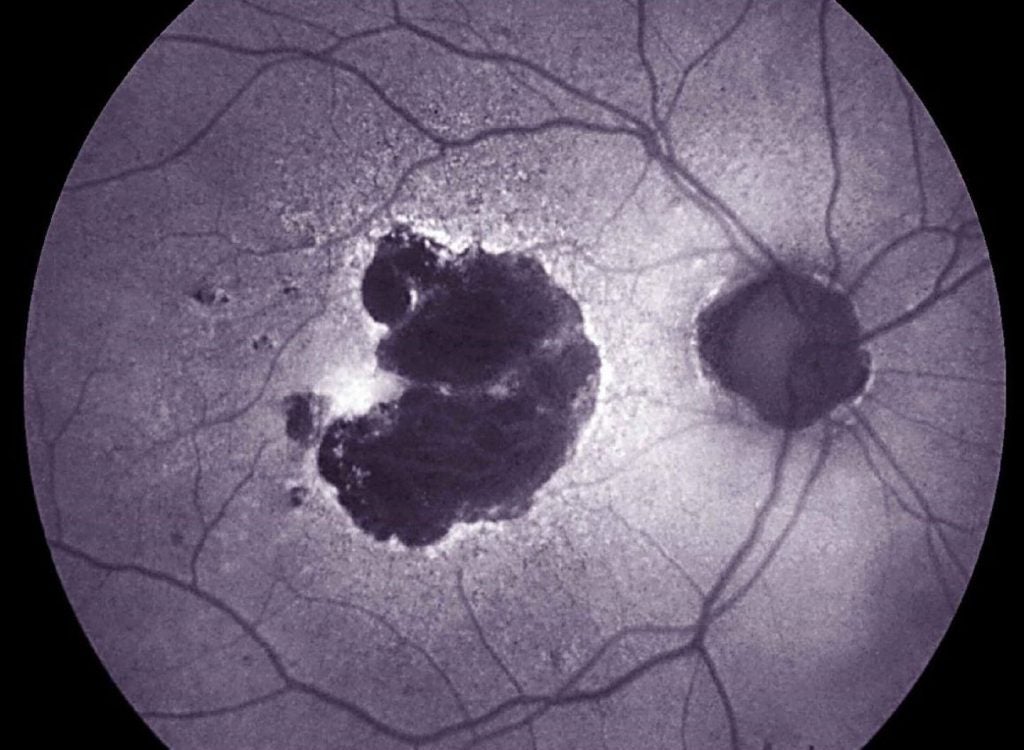Age-related macular degeneration (AMD) is a progressive eye condition characterised by the breakdown of the macula, a small area of the central retina that is responsible for central vision. AMD is the leading cause of significant irreversible vision loss among the elderly, affecting almost 72 million people in the seven major markets (7MM: US, France, Germany, Italy, Spain, UK and Japan).
There are two main types of this retinal disease: wet and dry AMD. Wet AMD develops when abnormal blood vessels grow beneath the macula, causing damage to the macular cells, while in dry AMD the build-up of waste products, called drusen, causes the deterioration of the macula. Although the progression of dry AMD is slower than wet AMD, dry AMD can also lead to central vision loss in the late stage of the disease, called geographic atrophy (GA), due to atrophy of photoreceptor cells.
GlobalData’s epidemiologists estimate that the prevalence of wet AMD was 2.7 million cases across the 7MM in 2016 and the prevalence of GA was 2.6 million cases. AMD is particularly prevalent in the 5EU, representing 64% of the total prevalent cases in the 7MM. Wet AMD is most prevalent in the 5EU, while in the US and Japan, GA is the more prevalent of the two late AMD subtypes.
Figure 1 presents the total prevalent cases of late AMD by subtype in the 7MM in 2016.
Figure 1: Late AMD total prevalent cases by subtype, ages ≥50 Years, N, 2016

How well do you really know your competitors?
Access the most comprehensive Company Profiles on the market, powered by GlobalData. Save hours of research. Gain competitive edge.

Thank you!
Your download email will arrive shortly
Not ready to buy yet? Download a free sample
We are confident about the unique quality of our Company Profiles. However, we want you to make the most beneficial decision for your business, so we offer a free sample that you can download by submitting the below form
By GlobalDataSource: GlobalData
While anti-vascular endothelial growth factor (anti-VEGF) drugs have greatly improved the prognosis for wet AMD patients, there are currently no treatment options for GA.
GlobalData estimates that wet AMD drugs generated $4.9bn across the 7MM in 2016, composing 100% of the AMD market. The highest selling anti-VEGF drug in the AMD market was Bayer/Regeneron’s Eylea, which recorded sales of $2.9bn worldwide last year.
GlobalData anticipates that the launches of two longer-acting anti-VEGF therapies and two promising adjunctive therapies to anti-VEGFs, along with the rapidly aging population, will drive significant growth of the wet AMD space at a Compound Annual Growth Rate of 7.4% over the next decade.
Similarly to wet AMD, the dry AMD market segment is also promising to be lucrative, with the US generating by far the highest sales out of the 7MM. Four products are in late-stage development (Phase IIb/III) for GA, which could potentially launch within 10 years and profoundly expand the space to make up 42% of the total AMD market by 2026.
Related Reports
GlobalData (2017). PharmaPoint: Age-Related Macular Degeneration – Global Drug Forecast and Market Analysis to 2026, December 2016, GDHC156PIDR
GlobalData (2017). EpiCast Report: Age-Related Macular Degeneration – Epidemiology Forecast to 2026, November 2017, GDHCERX








Related Company Profiles
G.A. Holdings Limited